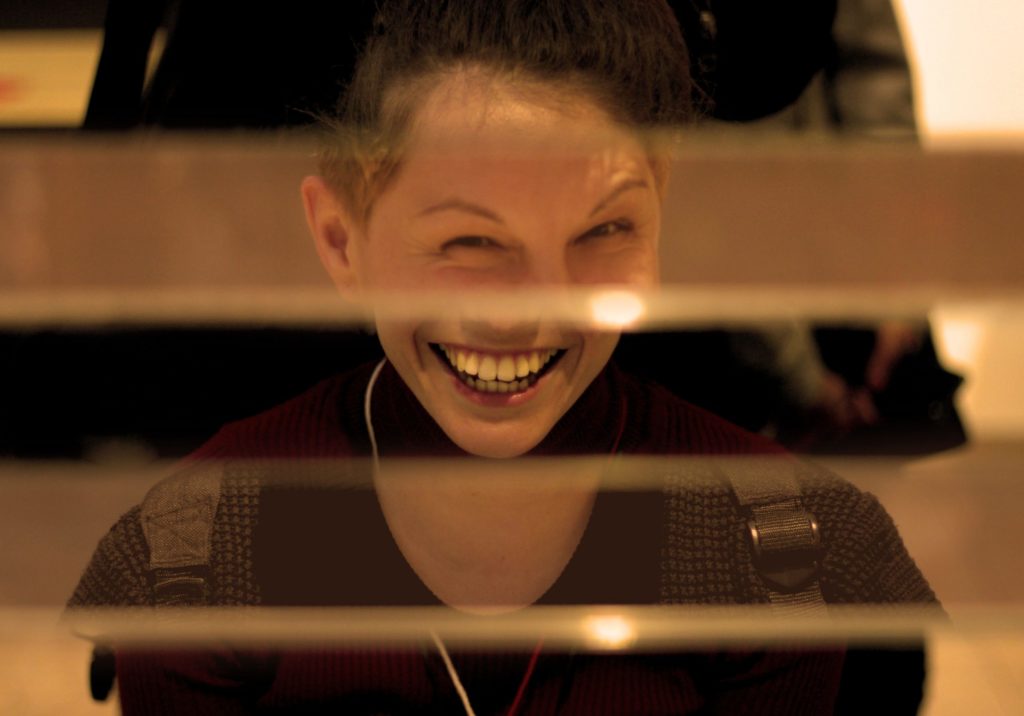
Mixed faces
The mixed faces illusion (also known as Your Father’s Nose) is a regular sighting in art displays and hands-on museums. You can see your own face in a conventional mirror. You see a face that is half yours and half someone else’s in this specially designed mirror.
Components:
- Double mirror stripes
- Two people facing each other on each side
Working Principle:
This installation is achievable because to the use of mirror strips coupled with non-mirrored strips. This is what creates the illusion of two faces blending together.

A 1′′ thick strip of mirror must be followed by a strip without any mirror coating. This will be repeated in a striped pattern all the way down the length of the mirror. A grey background is applied to keep the coating intact because this cannot be done with a first surface mirror coating and must be done with a normal mirror coating.
Two pieces like this are created and installed facing away from each other to complete the illusion. This enables both persons to see the illusion at the same time.
You’ll learn about light, reflection (mirrors), and perception in this engaging optics activity. A “two-way” mirror requires two persons to sit on opposite sides. Both change the amount of light that shines on their faces. As they change the light, they see that their image is progressively taking on aspects of their partner’s looks, resulting in a “composite” person.
What is happening?
When you look in the mirror, you’ll almost certainly notice the other person’s mouth through the gap. The other person will see his or her own eyes, but not your mouth, at the same moment. You see a “composite” face made up of horizontal bars of your own and the other person’s features alternating.

The distance between your picture in the mirror and your actual face in front of the mirror is the same. To get your facial features to mix with the other person’s, that person must stand at least as far away from the mirror as you are, with his or her face in the same position as the virtual image of your face.
It may appear strange that your reflection appears to be behind rather than on the surface of a plane (flat) mirror. Why is this the case?
When you stare into a mirror, light bounces off the tip of your nose. The light bounces off the mirror and shines into your eyes. To create a picture of the world, your eyes and brain work together. The light must have travelled in straight lines to reach your eyes, according to this eye-brain system. Your head would have to be behind the mirror for the light to go in a straight path to your eyes.
In a plane mirror, the image of a face is the same distance behind the mirror as the face is in front of the mirror, as shown in the image below.

Instructions:
- Place yourself in front of the mirror with another person across from you and the frame between you.
- Move your head up or down until you can see your eyes in the second mirror strip from the top, with your face about 12 inches (30 cm) from the mirror strips.
- Make sure the person on the other side is holding his or her head at the same distance from the mirror strips. You should now see a “composite” face that includes some of your traits as well as those of the other individual.
- You may need to walk closer or farther away from the mirror while your partner remains immobile to get the greatest composite face. Try moving your head for better alignment.
Links:
https://www.exploratorium.edu/snacks/your-fathers-nose
https://www.twowaymirrors.com/mirror-illusions/